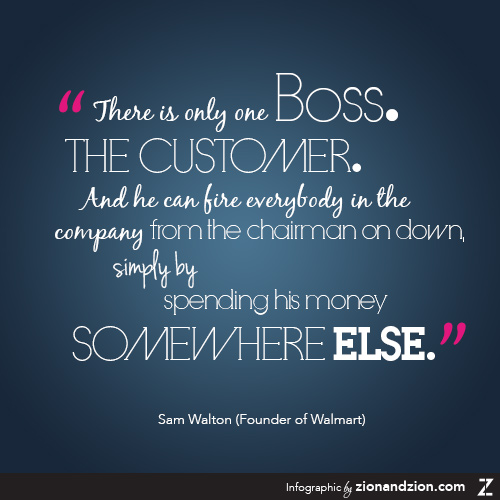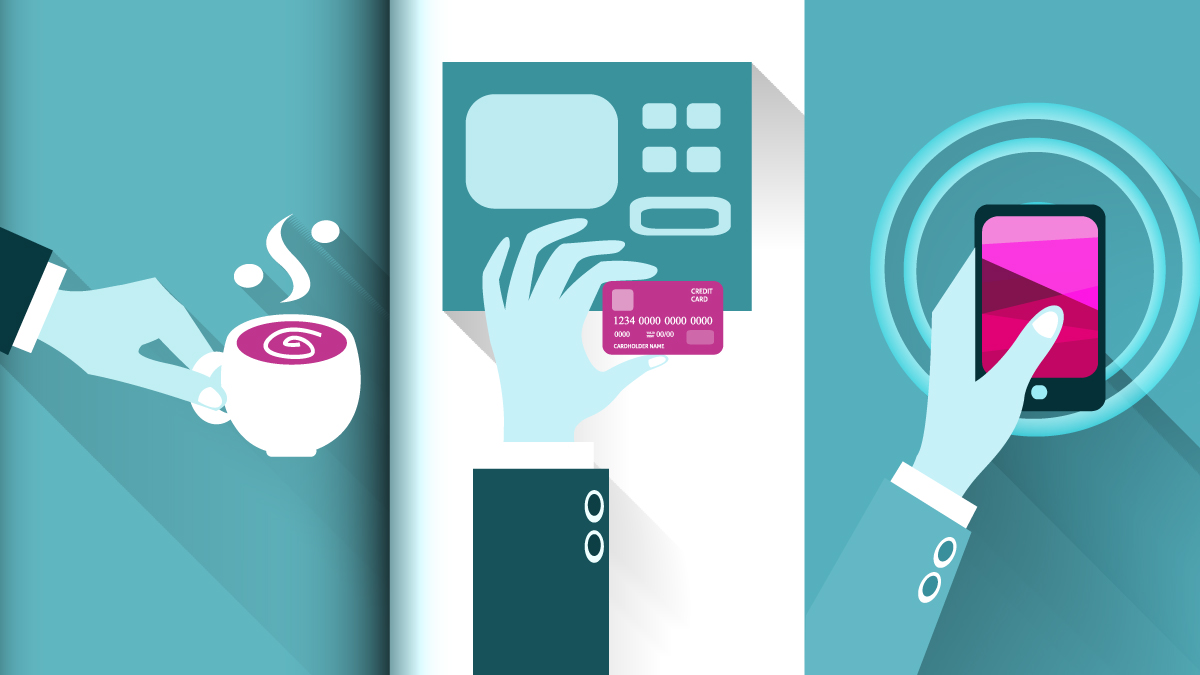
Like it or don’t, fight it or embrace it, the world is interacting and engaging on the run – and it’s about to get faster. As one speaker put it at the IRCE 2013 Conference:
“We no longer have roadmaps, rather we now have racetracks.”
So in a world of non-standardized screen sizes, geo-fencing and location-aware alerts and coupons, multi-device usage (or /Omni-channels), ubiquitous content, day-part marketing, social media, and mobile commerce; how do marketers design, develop, and deploy strategies, tactics and channels in this moving-target of an environment and still capture leads, create conversions and generate sales?
Consider getting back to some of the core basics; no really. Technology is just an enabler and mechanism, not where your revenues come from. Think high-touch, not just high-tech.
“There is only one boss. The customer. And he can fire everybody in the company from the chairman on down, simply by spending his money somewhere else.”
Sam Walton (Founder of Walmart)
- Know your customer (demographics and psychographics) – not just who they are, rather why they buy from you (reason and emotion).
- Remember a transaction is not a sale, it’s only a trial – a brand ambassador only comes from a loyal customer.
- Price, Quality, and Time (production/delivery) are all expected and can be replicated by your competition – what distinguishing ‘value’ do you bring to your customer that they care about?
- And, service is not “customer service” – that’s expected – it’s always asking: how can I help you the individual (remember customers are people, not statistics)?
So by example, a fashion retailer is no longer asking customers to opt-in to receive emails, texts, or coupons – as these have become part of the clutter that populate our inbox(es) daily – rather they are asking if a customer wants to opt-in to receive an image (photo) and posting their favorite blazer or sweater into one of the customer’s social media venues. Now that’s remembering that customers are people that are emotionally attached to their product, and not just focusing on the technology!
Peter Juergens
VP of Strategic Services
